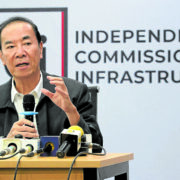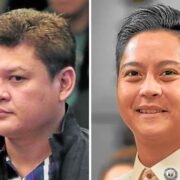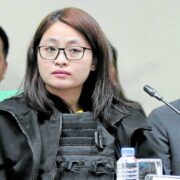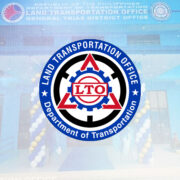Coding in the age of AI
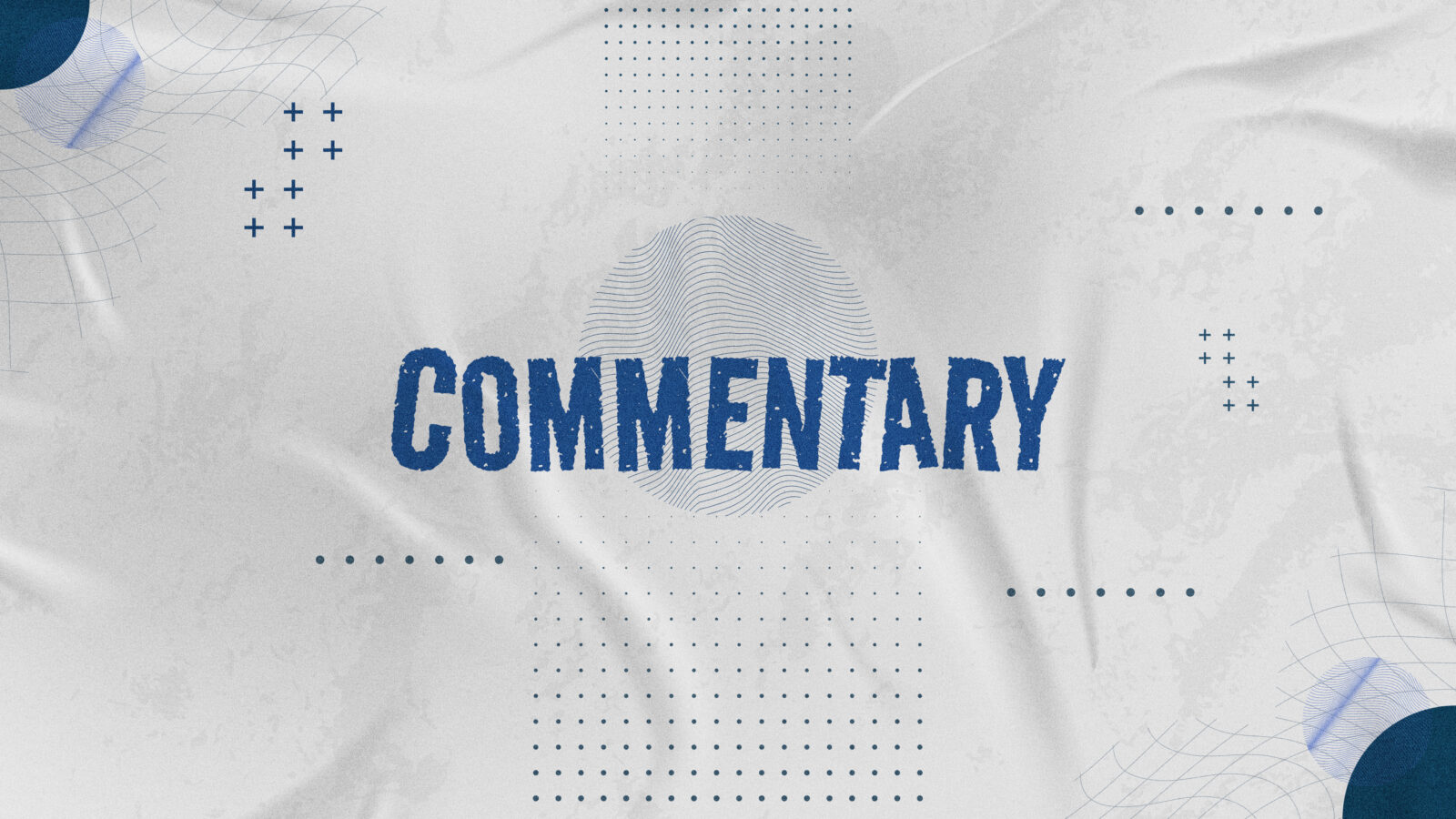
In the rapidly evolving technology landscape, the rise of artificial intelligence (AI) has raised significant questions about the future of coding. AI tools like GitHub Copilot and ChatGPT are now capable of writing and debugging code, leading some to ask whether learning to code remains worthwhile—especially for young people entering a labor market where AI can do their work.
With a digital economy reaching P2.25 trillion at current prices in 2024, contributing 8.5 percent to the country’s gross domestic product, and accounting for 23.1 percent of total national employment in 2024, that question is quite relevant, given its implications to our country’s digital and tech sectors and the people who seek to build a career in that field.
While coding may perhaps be a subset of the digital economy, it is a fundamental skill vital to the creation and operation of the technologies relied on by this economy. As a growing and vibrant field in the Philippines, it is therefore crucial to be aware of the challenges that lie ahead, such as those posed by AI, so we can be better prepared to overcome them and provide Filipinos in this field a competitive edge in securing job opportunities.
On May 30, 2025, The New York Times reported unsettling trends: recent college graduates are facing unusually high unemployment at 5.8 percent, with the Federal Bank of New York warning that their employment situation has “deteriorated noticeably.” Unemployment spikes are especially pronounced in computer science and finance, where AI has made rapid inroads. Research firm Oxford Economics recently noted that there are signs that entry-level positions are being displaced by AI at higher rates.
Dario Amodei, CEO of AI startup Anthropic, has warned that AI could wipe out almost half of all entry-level white-collar jobs. As a result, AI is foreseen to end up rapidly taking over the repetitive, low-level tasks that historically served as training ground for junior developers. However, there is no consensus regarding a timeline. Consider this for now as storm clouds gathering over the horizon.
In the meantime, the Philippine call center industry is expected to grow 5 to 7 percent this year, pushing revenues up to $33.1 billion. Haidee Enriquez, president of the Contact Center Association of the Philippines (CCAP), is confident that it will be a journey of continued growth, undeterred by economic headwinds and global competition. However, CCAP board director Tonichi Achurra-Parekh acknowledges that technological disruptions are shifting industry dynamics, mentioning in particular the advancement in AI.
Likewise, IT and Business Process Association of the Philippines Inc. (IBPAP) president and CEO Jack Madrid is not that concerned at the moment of the growth prospects of the industry despite the “threat” posed by AI in terms of eliminating jobs in the sector. He notes that AI is not yet hitting the industry. In his opinion, “generative AI will not replace people, but people who use generative AI will replace people who don’t.”
Despite the gloom and doom trends or predictions being made on the impact of AI on jobs in the tech sector, coding and the need for human coders remain relevant. However, just as technology evolves, human coders and programmers should evolve as well and embrace new opportunities that improved AI and its use opens up. One of the best ways to avoid being replaced by AI is to learn how to partner with it.
Madrid understands the situation quite well, and despite the positive growth of the industry in recent years, he stresses the need for the Philippines to address the “critical threat” of the talent gap. He states that “the Philippines cannot just be known as a destination doing low-complexity jobs,” and urges the need for workers to be equipped with in-demand skills such as IT support, cybersecurity, data analytics, and AI.
This means that young Filipinos hoping to have a worthwhile career in this sector must learn not only to write code but to supervise, design, and manage AI-powered systems. But it is reassuring to note that the CCAP is addressing the skills gap in graduates by working closely with academic institutions to align curricula with industry needs and incorporating more practical training and soft skills development.
From the look of things, it appears that the industry isn’t being complacent and is making an earnest effort to prepare itself and its workers for the challenges posed by AI. Hopefully, the government will do its part and work hand in hand with the industry to address the talent gap and provide young Filipinos a competitive edge and good career opportunities in this field.
—————-
Moira G. Gallaga served three Philippine presidents as presidential protocol officer, and was posted as a diplomat at the Philippine Consulate General in LA and the Philippine Embassy in Washington.




